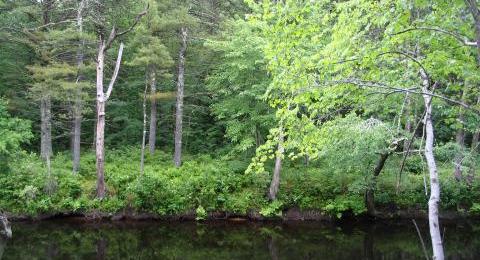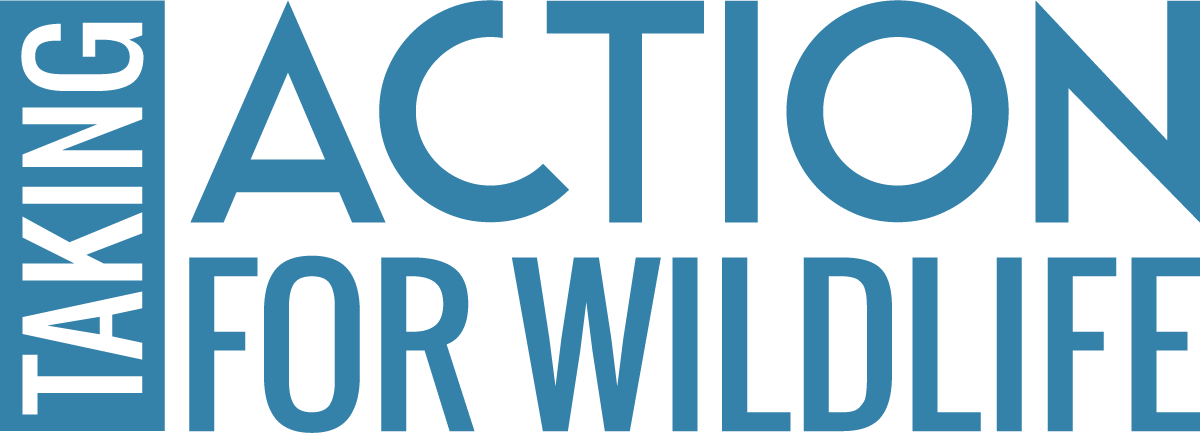SHARE

Wildlife travel corridors are critical for the conservation of wildlife in New Hampshire. The loss of wildlife corridors may result in direct mortality, habitat fragmentation, and barriers to movement. To protect Species of Greatest Conservation Need (as identified in the NH Wildlife Action Plan), we need to create a network of connecting lands for a wide diversity of wildlife to move across the landscape, especially in the face of continuing habitat loss and a changing climate. You can help keep New Hampshire's habitats connected by identifying wildlife corridors in your conservation planning. Here are some examples of actions you can take to protect wildlife corridors:
- Identify potential corridors in your community. Streams and rivers are important travel ways for wildlife moving between habitats. Maintain natural buffers of shrubs and forest along watercourses where possible. Review this information together with the Wildlife Action Plan maps
- Use information about wildlife corridors to inform land use decisions. For example, you can incorporate information about wildlife corridors into your natural resources inventory, Master Plan, and site plan review regulations.
- Land protection through conservation easements, for example, can be used to permanently protect important wildlife corridors.
- Identify priority wildlife road crossings in your community and look at how you can improve both wildlife passage and the safety of motorists. Appropriately sized culverts can provide safe passage for a variety of wildlife.
Resources
- NH Wildlife Corridors and the 2021 Wildlife Corridors map
- Connect the Coast - Protecting Wildlife Corridors Across NH's Seacoast and Beyond (October 2019). The last page of the report provides a hyperlinked list of towns included in this project - if your town is listed, click on the hyperlink to download a map showing important wildlife corridors identified in your community. View a presentation of this information (PowerPoint file)
- NH Aquatic Restoration Mapper. This interactive mapping tool targets restoration and mitigation opportunities that will improve stream connectivity and restore important fish habitat.The mapper includes data on stream crossings (culverts and bridges)
- Learn what two landowners did to protect an important wildlife corridor


